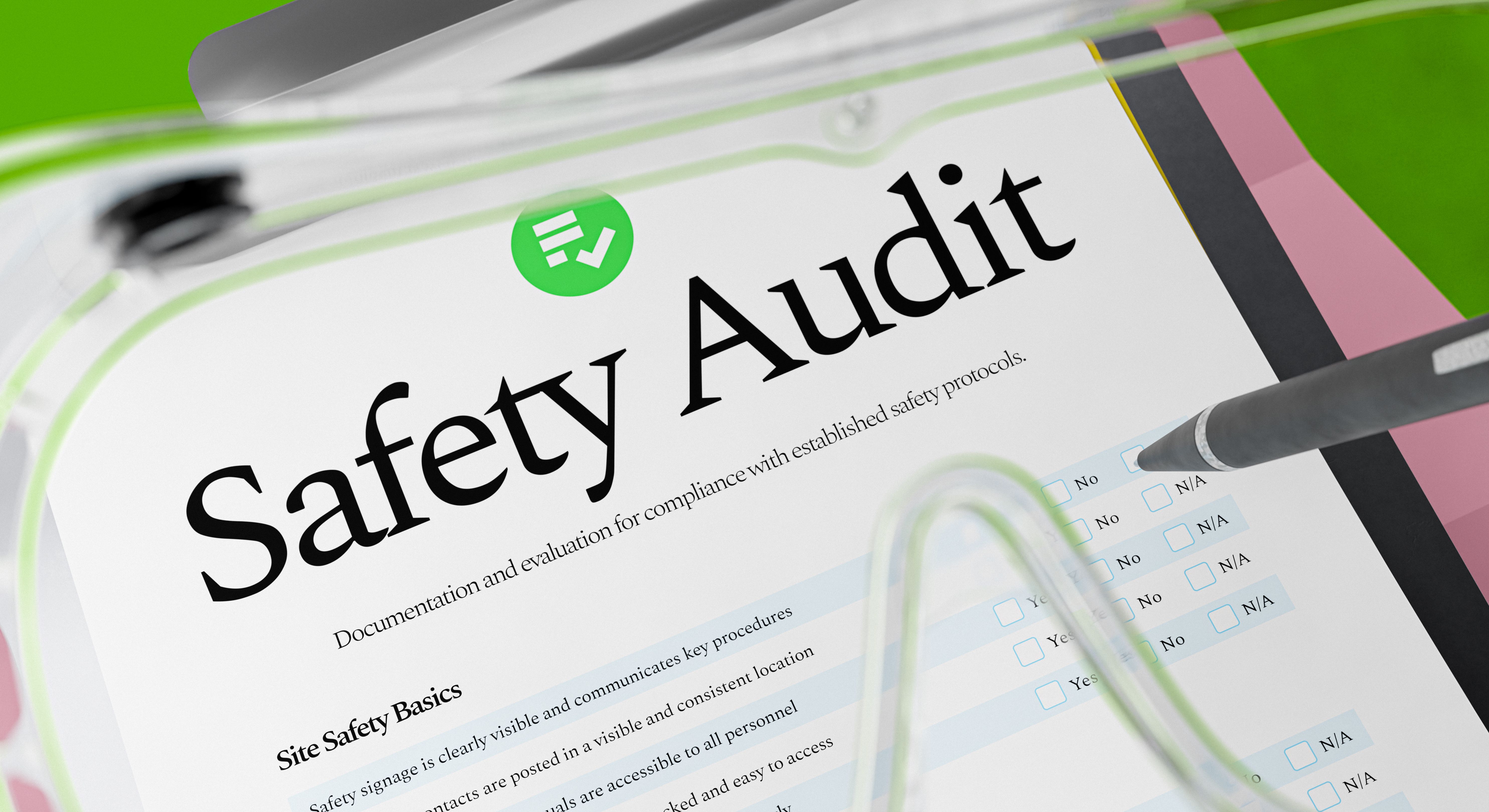Top 5 Safety Compliance Mistakes in Small Businesses and How to Avoid Them
Understanding Safety Compliance in Small Businesses
Safety compliance is a crucial aspect of running a small business. Ensuring the well-being of employees and customers not only prevents accidents but also protects the business from potential legal issues. However, many small businesses often overlook key aspects of safety compliance, leading to costly mistakes. Below, we explore the top five safety compliance mistakes and how to avoid them.

1. Inadequate Employee Training
One of the most common mistakes is failing to provide adequate safety training for employees. Many small business owners assume that basic training is sufficient, but this can lead to misunderstandings and accidents. It is essential to offer comprehensive training sessions that cover all aspects of safety relevant to the workplace.
To avoid this mistake, implement a detailed training program that includes regular updates and refreshers. Encourage an open dialogue where employees can ask questions and provide feedback on safety practices. This not only improves safety culture but also empowers employees to take responsibility for their own safety.
2. Ignoring Regular Safety Audits
Regular safety audits are essential for identifying potential hazards and ensuring compliance with safety regulations. However, many small businesses neglect this critical step, either due to time constraints or a lack of awareness.

Conducting regular audits helps in identifying areas that need improvement and ensures that all safety measures are up to date. Consider hiring a professional safety consultant who can provide an objective assessment and recommend necessary changes. Having a fresh pair of eyes can often reveal hidden risks.
3. Incomplete or Incorrect Documentation
Another frequent mistake is incomplete or incorrect documentation of safety procedures, incidents, and training sessions. Proper documentation is vital for demonstrating compliance and can be crucial in the event of an inspection or accident investigation.
Ensure that all safety-related documents are well-organized and up to date. Utilize digital tools and software to streamline this process, making it easier to track changes and access information when needed. Regularly review documentation to ensure its accuracy and completeness.

4. Failure to Update Safety Equipment
Outdated or malfunctioning safety equipment can pose significant risks in the workplace. Small businesses often delay upgrading equipment due to budget constraints, but this can lead to severe consequences in the long run.
Regularly inspect all safety equipment to ensure it is functioning correctly and complies with current standards. Allocate a budget for routine maintenance and necessary upgrades. Investing in high-quality equipment not only enhances safety but also boosts employee confidence and productivity.
5. Overlooking Ergonomic Hazards
Ergonomic hazards are often overlooked in small businesses, especially in office settings. Poor ergonomics can lead to long-term health issues such as repetitive strain injuries, which can affect productivity and increase absenteeism.
To address this, assess workstations for ergonomic risks and make necessary adjustments. Provide ergonomic furniture and tools, such as adjustable chairs and keyboard trays, to support employee health and comfort. Encouraging regular breaks and stretches can also alleviate the risks associated with prolonged sitting.
Conclusion
By being aware of these common safety compliance mistakes, small businesses can take proactive steps to avoid them. Prioritizing safety not only protects employees but also enhances business reputation and sustainability. Implementing comprehensive training programs, conducting regular audits, maintaining accurate documentation, updating equipment, and addressing ergonomic hazards are essential strategies for achieving a safe and compliant workplace.